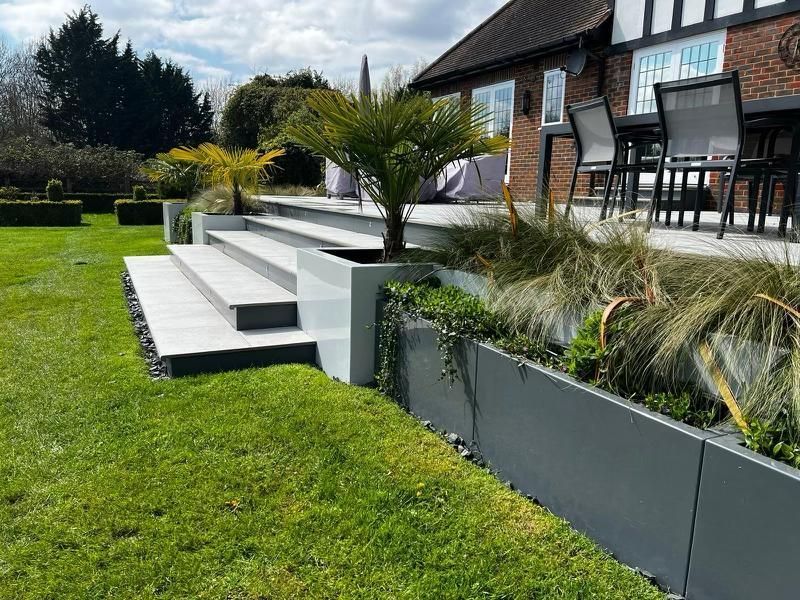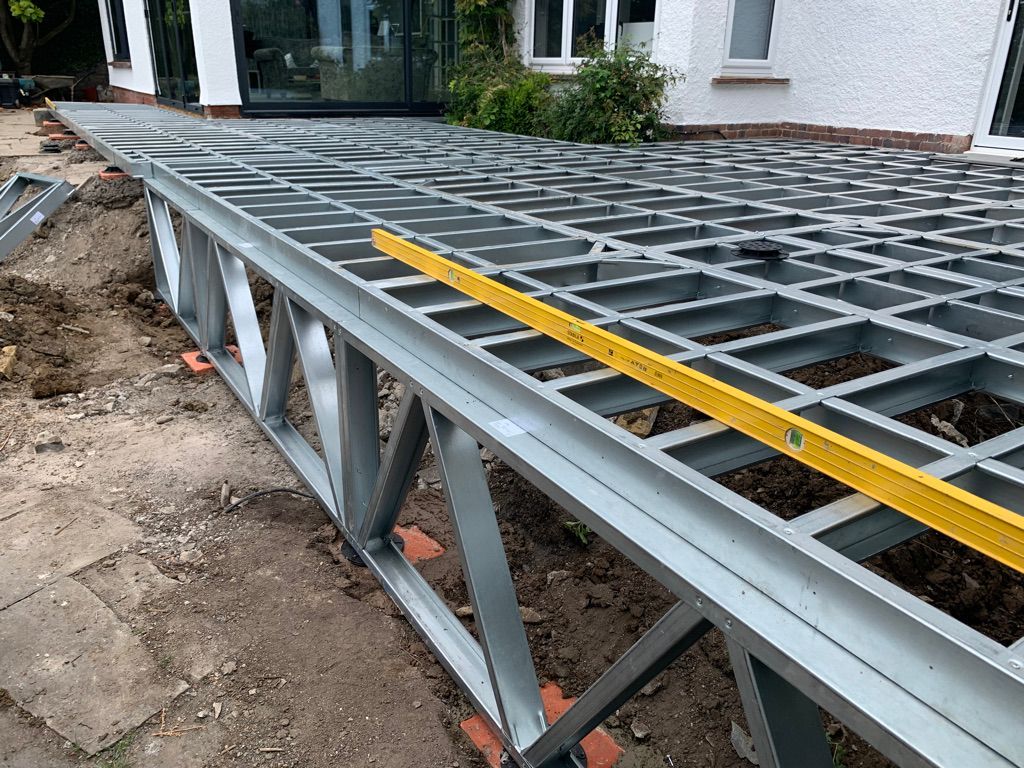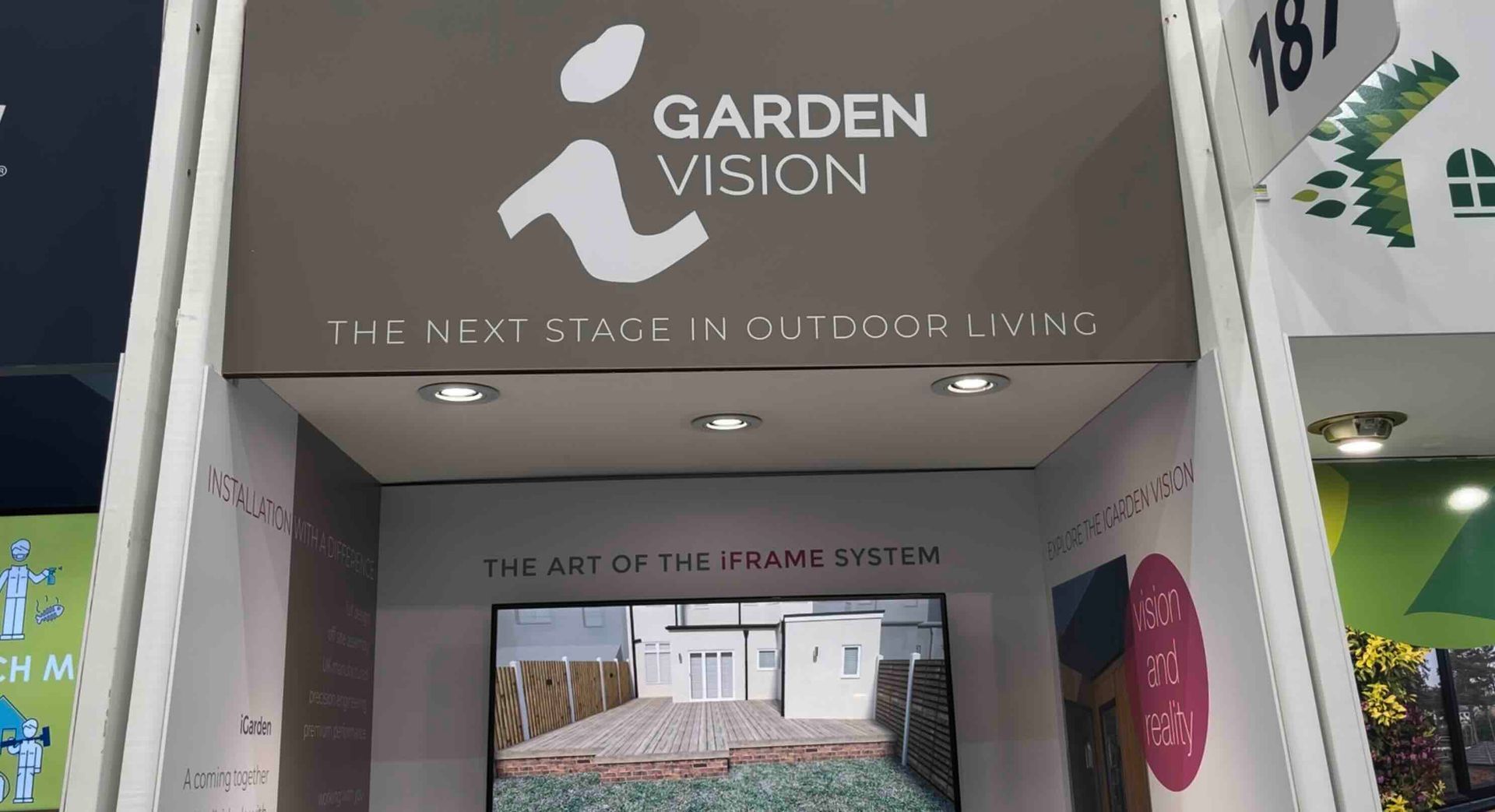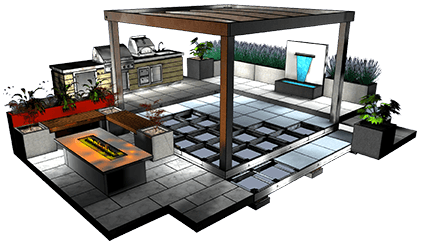Transforming Your Garden with Point Cloud Surveys

Your garden is more than just an outdoor space—it's an extension of your home, a personal retreat, and a canvas for your creativity. But transforming your garden with precision and detail can be challenging. Enter point cloud surveys, a revolutionary technology that can bring your garden renovation dreams to life with unparalleled accuracy.
What is a Point Cloud Survey?
A point cloud survey uses laser scanning technology to capture a detailed 3D representation of an area. It's like having a digital twin of your garden, complete with all the nuances and features that make it unique. Here's how it works:
1. Laser Scanning:
A laser scanner is positioned at various points around your garden. It emits laser beams that bounce off surfaces and return to the scanner, collecting data points with precise coordinates (X, Y, Z) and colour information (RGB).
2. Data Collection:
Each laser beam that hits a surface, whether it's a flower bed, tree, downpipe, or garden gnome, creates a data point. These points collectively form a "point cloud."
3. Point Cloud Creation:
The data points are combined to create a highly detailed 3D digital model of your garden. This model captures every nook and cranny, offering a comprehensive view of your outdoor space.
4. Analysis and Use:
The point cloud data can be imported into software like CAD (Computer-Aided Design) or BIM (Building Information Modelling) to create accurate models, measure distances, and analyse the garden's features.
Benefits of Point Cloud Surveys for Gardens
Accuracy and Detail:
Point cloud surveys capture even the smallest details, ensuring that no aspect of your garden is overlooked. From the curvature of a pathway to the placement of garden furniture, everything is documented.
Efficient Planning:
With a precise 3D model, you can plan renovations, landscape designs, and new structures with confidence. The detailed data helps avoid costly mistakes and ensures your vision is executed flawlessly.
Versatility:
Point cloud surveys are versatile and can be used for a variety of projects, including garden renovations, landscape design, and even creating virtual tours of your garden.
Enhanced Creativity:
The detailed 3D model allows you to experiment with different design ideas, visualise changes, and make informed decisions. You can play around with plant placements, garden layouts, and more before making any physical changes.
How iGarden Vision uses a point cloud survey for its iFrame design
iGarden Vision utilises point cloud surveys to design its innovative iFrame system, ensuring precise and efficient garden transformations. By capturing detailed 3D data of the garden space, the point cloud survey allows for accurate measurements and identification of obstacles, ensuring the iFrame components are tailored to fit perfectly.
This meticulous approach minimises disruption to existing utilities and existing garden features, while providing a stable and level finish. The data from the survey also aids in creating bespoke designs that accommodate slopes and gradients, making the installation process seamless and efficient. With this technology, iGarden Vision delivers a modern, low-maintenance outdoor space that meets the unique needs of each garden.
Conclusion
Point cloud surveys are transforming the way we approach garden design and renovation. With their precision, detail, and versatility, they offer endless possibilities for creating the garden of your dreams. So why not take the leap and explore the potential of point cloud surveys for your garden project? Your outdoor space deserves the best, and with this technology, you can achieve stunning results with confidence.









